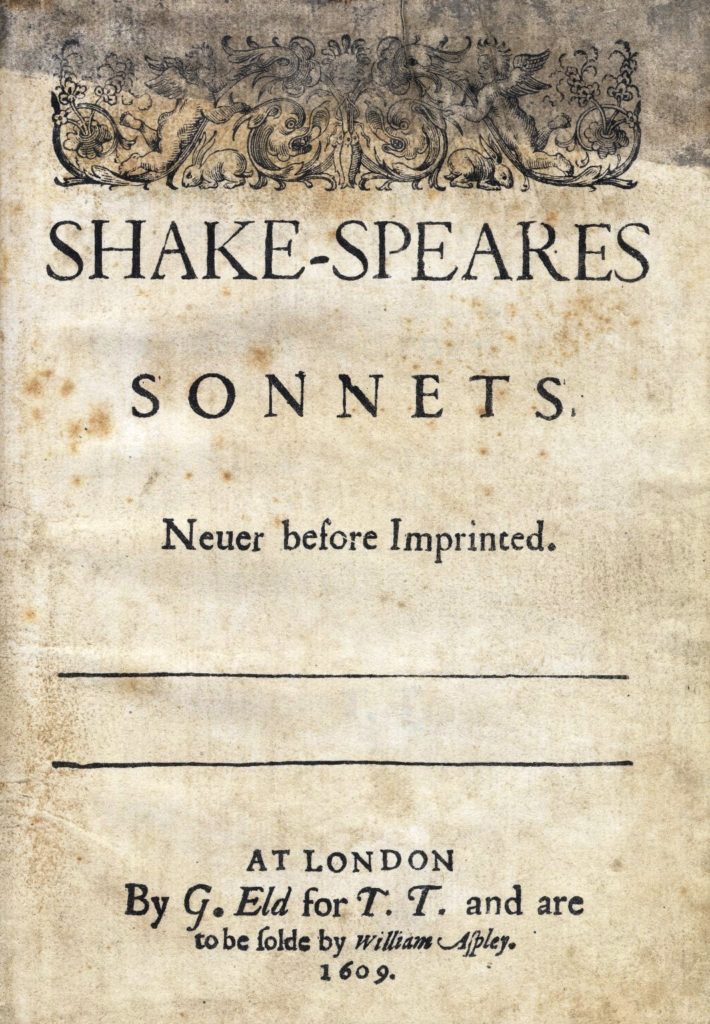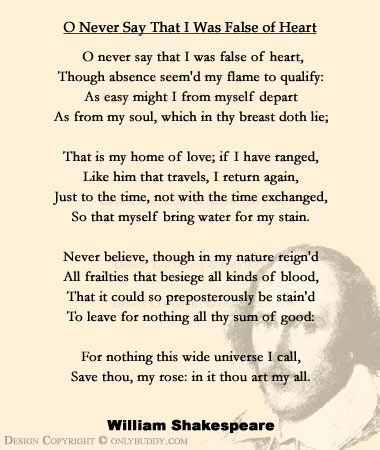In the summer of 1592, an episodic outbreak of the plague swept through London. Theatres were among the public gathering places to be shut down. William Shakespeare decided to stay in London rather than follow a theatrical company on tour.
Shakespeare needed a way to earn a wage until the theatres reopened. He also desired to be taken seriously as a writer. Playwrights of the era were considered little more than populist hacks, writing largely disposable entertainment. Shakespeare instead found a way to earn both money and acclaim through the patronage of the third Earl of Southampton, Henry Wriothesley.

Poetry was the art of nobles and gentlemen, and Shakespeare-a rustic interloper without the usual college-educated wit-lucratively introduced himself between 1593 and 1594. Venus and Adonis would become Shakespeare’s most widely printed work during his lifetime. The following year, Shakespeare published The Rape of Lucrece. Both were poems calculated to bolster Shakespeare’s reputation and wallet.
On the opposite end of that spectrum is the body of poetry that comprises Shakespeare’s more mysterious and controversial work. If Venus and Adonis and Rape of Lucrece represents Shakespeare’s quest for immortality, his sonnets of the early 1590s represent the passion and introspection behind it.
While Shakespeare was regarded as the foremost dramatist of his time, evidence indicates that both he and his world looked to poetry, not playwriting, for enduring fame. Shakespeare’s sonnets were composed between 1593 and 1601, though not published until 1609. That edition, The Sonnets of Shakespeare, consists of 154 sonnets, all written in the form of three quatrains and a couplet that is now recognized as Shakespearean.
Style of William Shakespeare’s Poetry
The sonnets fall into two groups: sonnets 1-126, addressed to a beloved friend, a handsome and noble young man, and sonnets 127-152, to a malignant but fascinating “Dark Lady,” whom the poet loves in spite of himself. Nearly all of Shakespeare’s sonnets examine the inevitable decay of time and the immortalization of beauty and love in poetry.
In his poems and plays, Shakespeare invented thousands of words, often combining or contorting Latin, French and native roots. His impressive expansion of the English language, according to the Oxford English Dictionary, includes such words as arch-villain, birthplace, bloodsucking, courtship, dewdrop, downstairs, fanged, heartsore, hunchbacked, leapfrog, misquote, pageantry, radiance, schoolboy, stillborn, watchdog, and zany.

In Shakespeare’s time, it was very fashionable to write poetry, though not very profitable. It, however, provided him with social standing and added credibility to his talent. Shakespeare enjoyed writing poetry and it was something he wrote for himself. Mostly his long-form poems were the ones to be published.
Shakespeare Short Poems
Shakespeare also wrote some shorter narrative poems which were equally high in quality. A Lover’s Complaint was one such poem published in the first collection of sonnets. For some time after it was printed, scholars were not sure if it was really written by Shakespeare, although, not it is not contested anymore.
The Phoenix and the Turtle was another short poem concerning the death of a powerful phoenix and his lover who was a turtle dove. The poem is a commentary on the temporality of love and faith in a world where only death is certain.

William Shakespeare Sonnets
The sonnets written by Shakespeare was a brilliant set of poems, though often puzzling and sometimes even disturbing. They are elusive in meaning. As poems, they mainly focus on love but also poses a keen view on matters like the passage of time, lust, infidelity, absence etc.
Shakespeare’s sonnets were written and revised between the 1590s and 1605. They were first serially printed in 1609 and was mysteriously dedicated to a Mr W.H. It could never be made sure as to who this W. H was and speculations still persist upon his identity.
However, it is not even surely known whether Shakespeare himself was involved in the printing of his sonnets and the mysterious dedication was actually made by the printed and not the writer. Shakespeare’s sonnets constituted of 14 lines and included three quatrains and a couplet.
The rhyme scheme was abab cdcd efef gg. Shakespeare’s sonnets were inventive and varied in the configuration. There is always a sense of progression in the poems through the alternate rhyme schemes and the powerful contrast and opposition between each section. The concluding couplet either provides a decisive stamp on the arguments made in the poem or subvert them.
More Info On- William Shakespeare Plays, Sonnets, Words, Poems